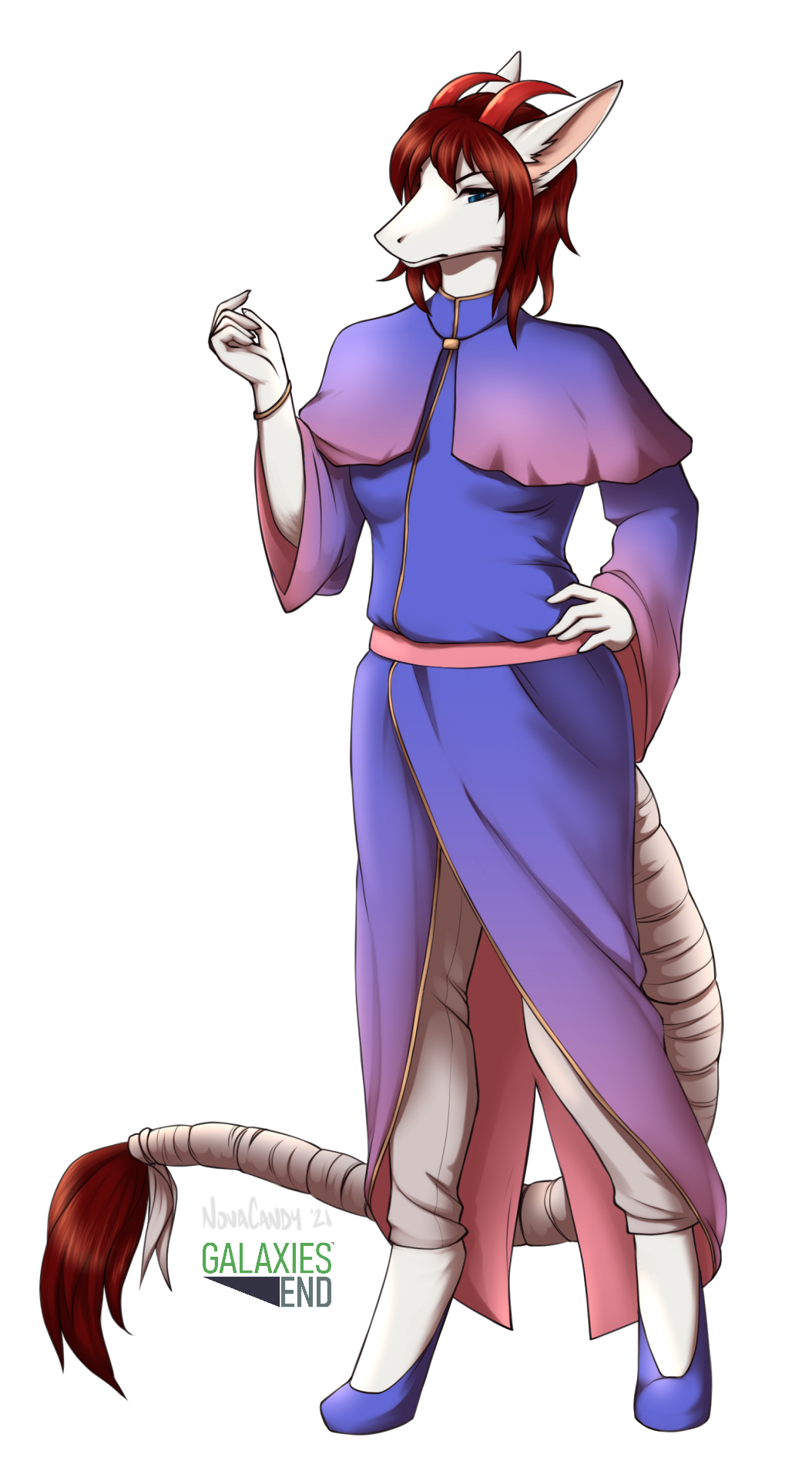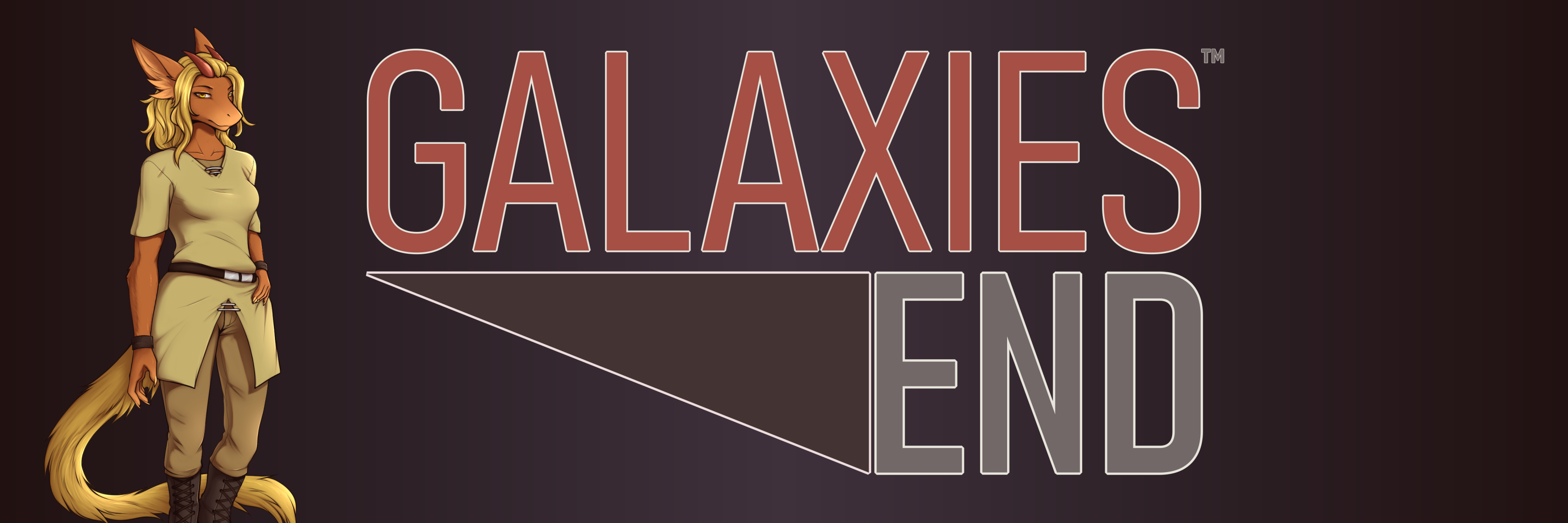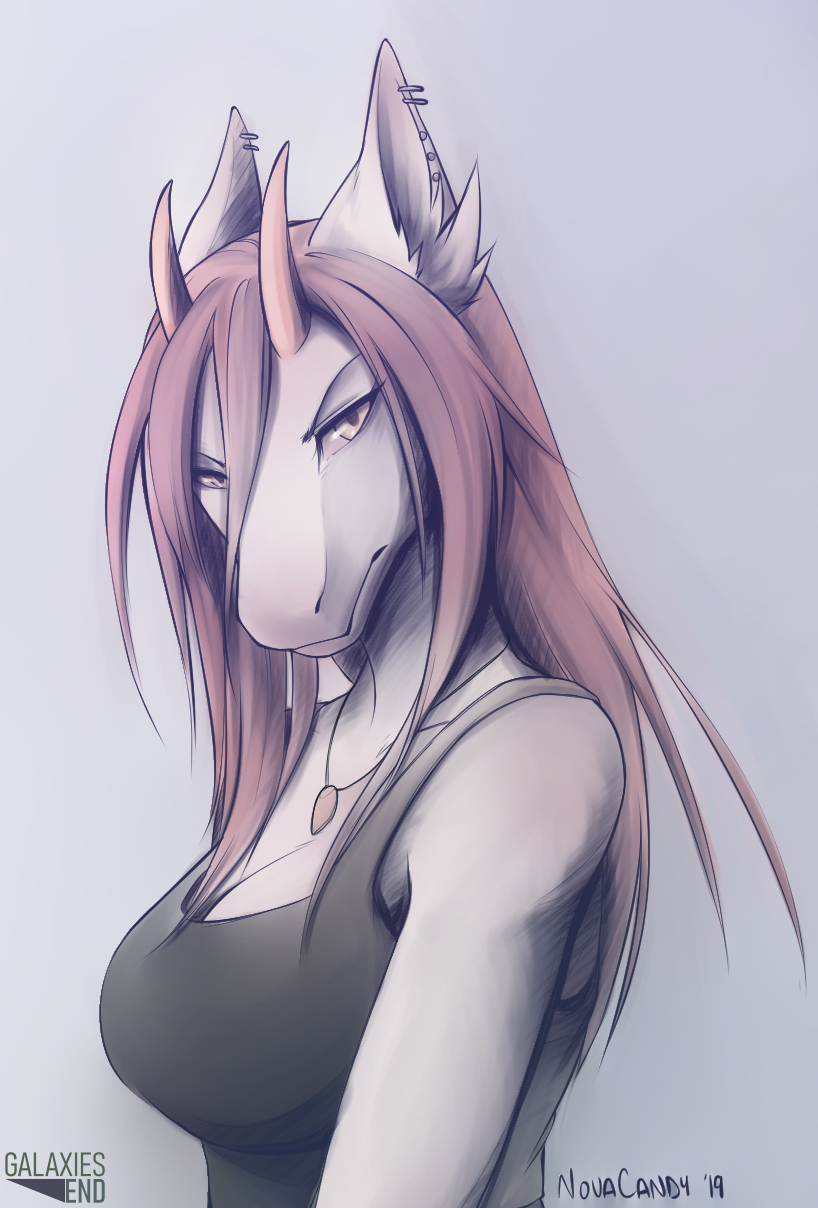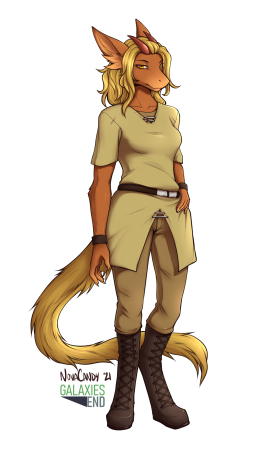Drakari
One of several sapient races in the known galaxy, Drakari are a relatively recent induction to the Varkesh, joining the alliance in Cycle 683 of the Drakari-Ta. Only 6% of the greater Varkesh civilization is Drakari, with the remainder remaining within Drakari borders. The vast majority of Drakari outside of the species home planets are refugees and loyalist forces in retreat from the Drakari Civil War.
Drakari are generally recognizable by their tall, thin, fur-covered bodies, horns, tails, and long ears. United only by name, the Drakari people are split into various subcultures, with intraspecies and intercultural conflict dating back to their first written histories. These groups include but are not limited to; loyalists to the Drakari Union, colonists from the planet Takri, various religious entities, and ethnic subgroups. As of a year ago the loyalists to the Drakari Union and colonists of Takri have been perpetuating an ongoing civil war.
All references to Drakari subcultures, technologies, places, etc in these articles use their names as they exist in the common Drakari language - Si Kari.
Basic Information
Anatomy

Drakari are a humanoid, bipedal species ranging in height from 5'10" (177.8 cm) to 7'6" (228.6 cm) with several distinctive characteristics as well as several phenotypical and genotypical alterations based on subgroups. All sport a similar basic humanoid build; skull and nervous system going from the upper section of their body down via spine to a torso containing a diaphragm separating thorax and abdomen and all vital organs, branching out to two arms and legs each terminating in either a hand or foot at the end of a wrist or ankle respectively. Non-basic adaptations include an extended backbone fashioned into a tail as well as an extended muzzle with slits for nostrils, both of which vary depending on the subgroup.
A significant amount of the population of Drakari are born with two horns extending from their upper forehead at varying angles, composed of a core of bone with a surrounding of keratinized skin. Ears are also extended and can adopt a thicker fur pattern to protect the canal as well as the ability to swivel the pinna or outer portion of the ear to better detect noise or protect the sensitive inner ear from environmental hazards. Their eyes have a basic humanoid shape, anterior and posterior, iris and cornea, as well as varying colors of iris that expand and contract to allow the pupil to take in light at a varying rate. An adaptation unusual for humanoid species exists in some subgroups where a membrane exists covering the eye, coloring the tint of the iris, providing additional protection, but also hindering the ability to perceive color.
Their bodies in general are narrower in proportion compared to an average human, especially with their relative height. However, compared to an average Dovol, they are more stout in comparison. The tails are typically covered in thick fur similar to their hair often with corresponding colors. In some subgroups, these tails only have this thicker fur in the form of a tuft at the end.
Drakari legs are digitigrade, typically balancing on the front of their feet with four claw-tipped, thick toes of equal size instead of five. This gives the appearance of having two knees – One inverted – accompanied by an ankle just before the toes, and contributes to the perceived height of a typical Drakari through what the average human views as ‘long legs’.
Dietary Needs and Habits
Drakari are an omnivorous species, capable of eating various food sources. However, many prefer a primarily carnivorous diet, using plants and herbs only for garnishing and flavoring. It's commonly accepted that the early ancestors of the species were carnivorous predators, hunting larger prey and feeding in packs - A practice that evolved today into hunting parties for sport and event, and in the traditional communal family meal.
Additional Information
Geographic Origin and Distribution
The Drakari species is native to the planet Roka, and has become commonly seen on the neighboring planet Takri. Most Drakari generally prefer colder climates compared to humans, though some ancestries are more tolerant to heat than others - Particularly those of the Matari. While the Drakari have lived in various regions throughout Roka for millenia, it is commonly accepted that the first Drakari people originated from the Chataki region.
Perception and Sensory Capabilities
Drakari have the general humanoid suite of senses from the basic sight and sound to temperature and balance, though the Drakari ear and its adaptations of moving the pinna to better detect noises and to judge distance and direction give them a significantly better sense of sound than the average baseline humanoid. Their sense of sight is generally ranging from average to slightly worse in some subgroups where membranes cover the eye and hinder the ability to see in the full spectrum of color.
Civilization and Culture
Naming Traditions
Drakari names vary widely depending on cultural origin, and are described in each subculture's individual article. However, most Drakari in the current age have a common name in Si Kari alongside their native name.
Major Organizations
Until recently, the Drakari people appeared united under a single banner by outsiders: The Drakari Union. While there are many groups the Drakari can be divided into across Roka, the Union encompassed the entire race until the breakout of the Drakari Civil War. Now, the Drakari people are divided into two main groups: The Union, and the Takri Separatists.
Culture and Cultural Heritage
The Drakari are a diverse people with a wide variety of cultures. In general, however, the Drakari are a very spiritual people with a history of religious conflicts. The typical Drakari, however, is fairly open and trusting to other species of the Varkesh. The main cultural groups that make up the majority of the Drakari species are as follows: Chatari, Kitadori, and Matari, with another three cultural groups rounding out the remainder of the population.
Table of Contents
MODULE
This article is written as a part of the Broken Unity RPG module. This article includes RPG stats, information, or lore relevant to playing or narrating this module.
NOTE
This article is written from the perspective of the Drakari Civil War time period. This means everything is described as it existed in Cycle 716 of the Drakari-Ta, 13 years prior to the normal 'Present Day' of Galaxies End.
Player
This article is part of the RPG Player series and includes stats and information for use in the E.Lite RPG System usable as a player. More information on the E.Lite RPG system and an introduction to Galaxies End as an RPG setting can be found here. More information about subscriber groups can be found here.










Comments